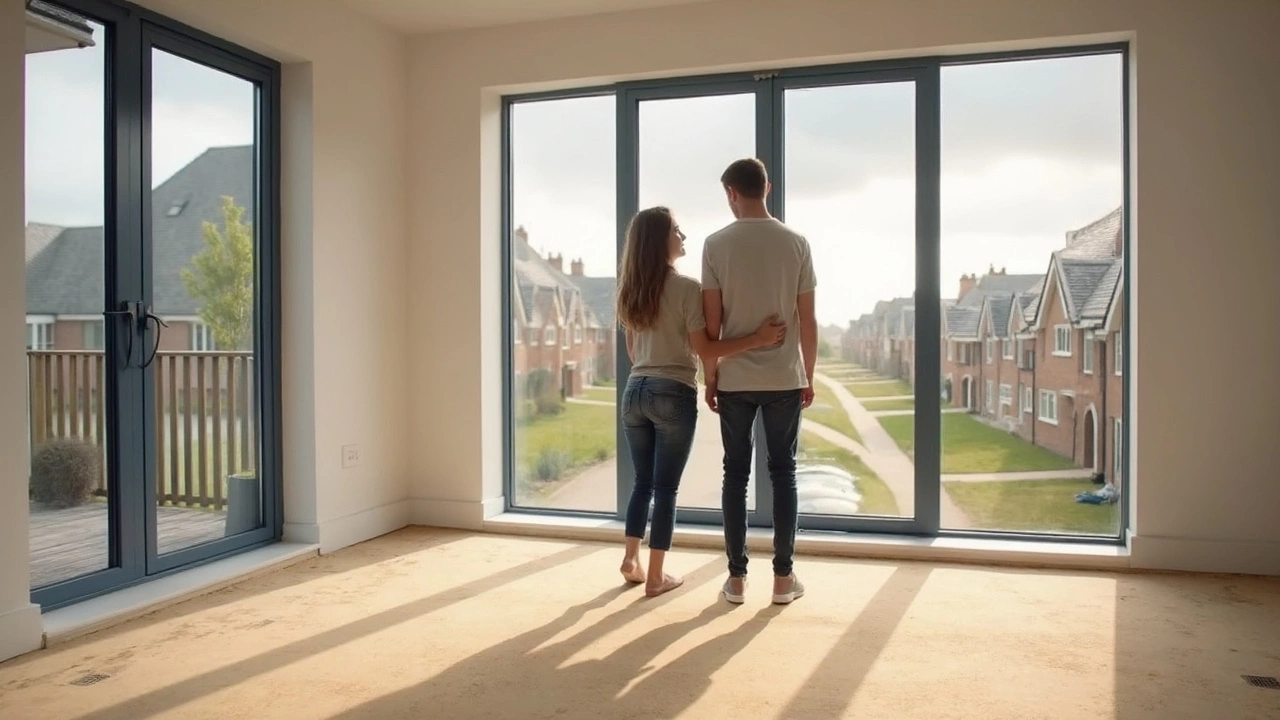Included Finishes: What’s Really Covered in Your Flooring Project
When you hire a flooring pros, the quote usually lists a price for the material and a price for "installation." But what does that installation really include? Most reputable companies, like First Choice Flooring Solutions, bundle a set of finishes into the base price. Those finishes are the small details that protect the floor, boost its look, and keep you from getting surprise charges later.
Think of finishes as the final coat of paint on a house. They seal, protect, and add style. Without them, even the best hardwood or luxury vinyl can wear out faster, stain more easily, or look cheap. Knowing what’s included helps you compare quotes, plan your budget, and avoid nasty surprises when the job is done.
Common Types of Included Finishes
Most flooring contracts cover at least one of the following finishes, depending on the product you choose:
- Sanding and Buffing: For solid hardwood, the installer will sand the surface to remove any rough spots and to prepare it for a finish coat.
- Staining or Colour Matching: If you want a specific shade, the company mixes a stain that matches your design brief and applies it evenly.
- Sealing or Varnishing: A clear coat that protects wood from moisture, scratches, and UV light. It can be matte, satin, or high‑gloss.
- Joint and Edge Treatments: Skirting boards, transition strips, and expansion joints are cut and fitted so the floor looks seamless.
- Cleaning and Surface Preparation: Removal of old adhesive, dust, and debris before the new floor goes down.
For engineered hardwood and luxury vinyl plank (LVP), the finish is often pre‑applied at the factory. In those cases, the installer’s job is to make sure the floor is level, the seams are tight, and the edges are trimmed perfectly.
How to Choose the Right Finish for Your Space
Start by thinking about how the room will be used. High‑traffic areas like kitchens and hallways benefit from a tougher, high‑gloss seal that can handle spills and foot traffic. Bedrooms and living rooms, where you want a softer feel, might look better with a matte or satin coat that hides scratches.
Next, consider the style you’re after. Dark stains give a dramatic, traditional vibe, while lighter stains open up small rooms. If you love the look of concrete, a gray‑toned LVP with a subtle texture can mimic that feel without the weight and cost of real concrete.Finally, ask your installer how long each finish lasts and what maintenance it needs. Some varnishes need re‑coating every 3‑5 years, while factory‑finished LVP can go a decade or more before you think about replacement.
First Choice Flooring Solutions makes this decision easy. Their team shows you sample boards, explains the pros and cons of each finish, and writes the chosen option clearly into the contract. That way, you know exactly what you’re paying for and nobody gets a surprise bill after the work is done.
Bottom line: included finishes are not an extra – they’re part of the core service. They protect your investment, shape the look of your room, and can affect long‑term costs. By understanding what’s covered, you can compare quotes confidently, pick a finish that matches your lifestyle, and enjoy a floor that stays beautiful for years to come.
Do You Get Flooring in a New Build? What Buyers Need to Know
- Gavin Whitaker
- |
- |
- 0
Thinking new build homes come move-in ready with shiny flooring? It's not always that simple. While some developers include basic flooring as standard, others leave it unfinished unless you pay extra. This article explains what you get, why builders do it this way, and how to avoid surprises before you get those keys. Get straight info and practical tips to handle flooring in your brand-new home.
View more